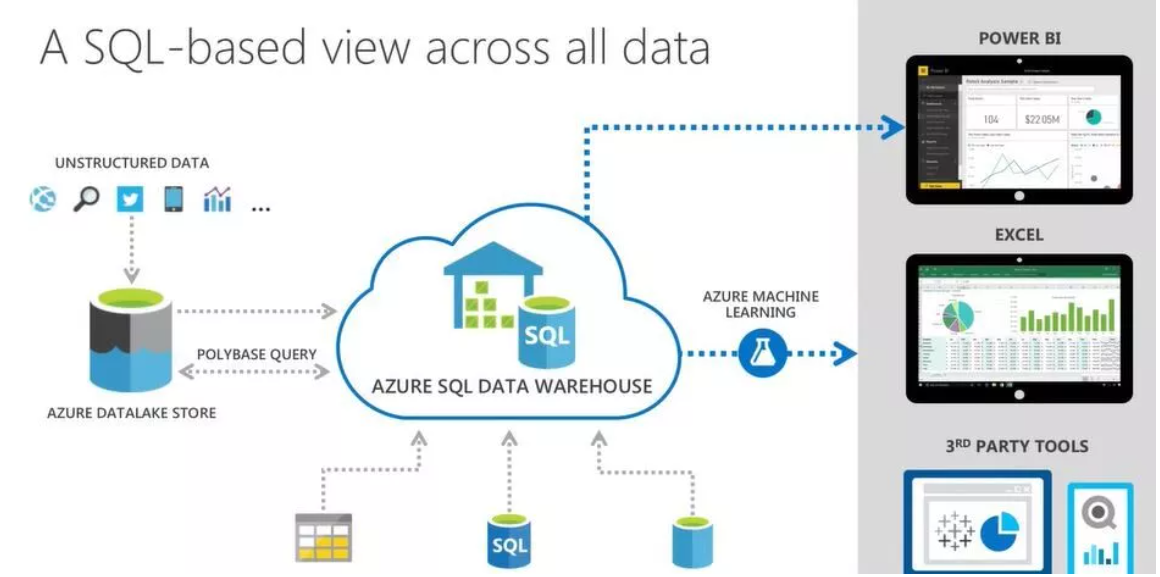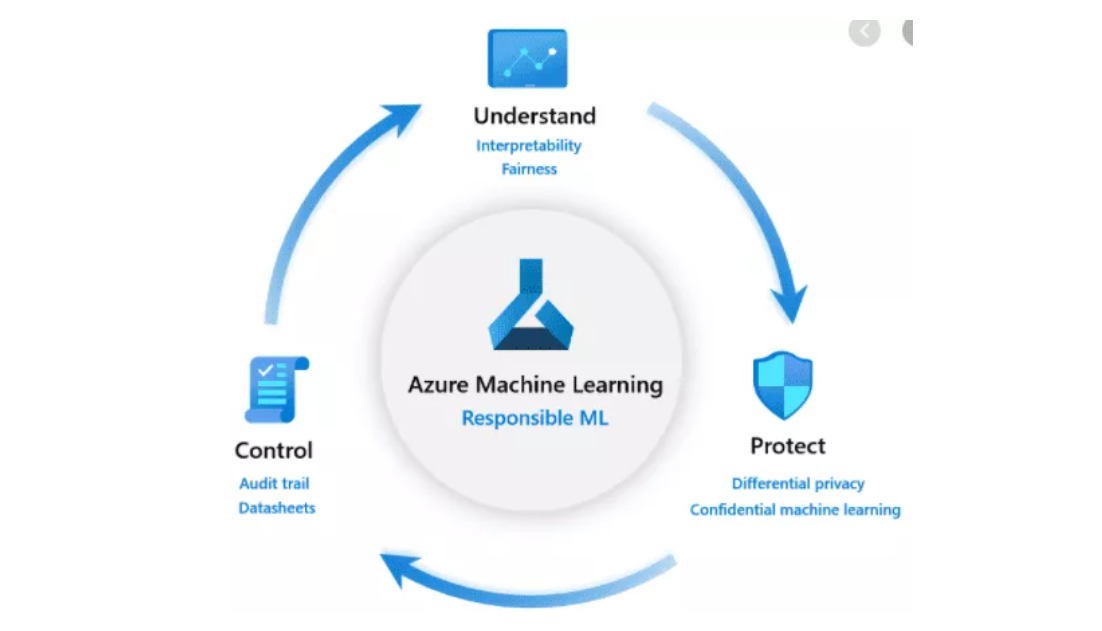This article was published as a part of the Data Science Blogathon.
Introduction
Data is compelling and critical for businesses to generate actionable and valuable insights only when used correctly. In addition, it is also essential to analyze and organize it well. However, only a few business data are analyzed and stored appropriately.
.png)
Cloud Data Warehousing In Microsoft Azure

Source: https://docs.microsoft.com/en-us/azure/architecture
In addition, Azure SQL Data Warehouse is an integral part of the MS SQL Server product lines, including SQL Server and Azure SQL Database. Experience and knowledge are therefore effectively transferred to Azure SQL Data Warehouse.
What can do with Azure Cloud Data Warehousing?

Source: https://docs.microsoft.com/en-us/azure/architecture
How Azure SQL Data Warehousing overcomes the disadvantages
Notable features of cloud data warehouse in Microsoft Azure
What are the common rationales for implementing Azure SQL Data Warehouse?
Consolidation and session of multiple disparate data sources
Historical analysis
Azure Analytics and integration in the Microsoft environment
- Reduce silos
Is a business-driven analytics solution critical to running your business? Then it’s a sign that you need a solution that a centralized system provides. This way, your business will be supported more efficiently and integrated with other important data with a larger user base.
With Azure cloud data warehouse, you can see the best results of your business efforts while continuously gaining value and maturity. You can also reduce silos.
- User-friendly data structure
Structuring the data to be a user-friendly dimensional model is critical because it helps the capabilities of the core user base. Additional techniques such as useful measures (such as YTD, QT, and MTD) and familiar names for columns, tables, and derived attributes contribute to ease of use. Data analysts are encouraged to use a data warehouse to ensure consistent results and save time, money, and effort.
- Existing investments
Once you notice that your current data warehouse can no longer provide value for specific use cases, it is not economically feasible to migrate all your data to another architecture or shut down. Instead, take advantage of a cross-platform architecture where data is one critical component.
What are the different components of Azure Data Warehousing?
- Control node
Applications and connections communicate with the system’s front-end control node. The master node is responsible for coordinating everything needed to run parallel queries, from data movement to computation. This is possible by transforming each query to run in parallel on different compute nodes.
- Compute node
After the computing nodes receive the queries, they are processed and stored. Attention, parallel processing of queries takes place with different computing nodes. Then the results are returned to the control nodes after the process is complete. The results are then collected and returned to the final result.
- Storage space
Large amounts of unstructured data are quickly stored with Azure Blob storage. Compute nodes can read and write directly from this storage, so the data interact. Azure data storage is fault-tolerant and scales transparently. In addition, the storage restores data and provides powerful backups.
- Data Movement Service (DMS)
Windows offers a DMS that runs alongside SQL databases on every type of node. It helps move data between nodes and then forms the core of the entire process to ensure that it fulfills its critical role in moving data to complete parallel processing.
What are the key benefits of cloud data warehousing in Microsoft Azure?
- Flexibility
Azure SQL Data Warehouse provides excellent elasticity because the storage and compute components are separated. You can even scale the calculation independently. Even when the query runs, elimination and addition of resources are allowed. - V12 portability
Looking to upgrade from SQL Server to Azure SQL or vice versa? Microsoft Aure Data Warehouse contains all the tools and services per your requirements. - Focused on safety
One of the best things about Azure SQL is that it provides various security components, including auditing, encryption, data masking, row-level security, etc. Be aware that cloud data is not exempt from cyber threats. - Polybase
With Azure Data warehousing, you can query non-relational resources through Polybase. - High scalability
According to consulting experts, Azure offers high scalability. In the case of Azure Data Warehouse, it can quickly scale up and down based on demand.
Conclusion
Azure SQL Data Warehouse is an MPP system with a shared-type architecture. You can use it for large-scale analytic workloads and take advantage of parallelism. This cloud data warehouse solution enables the separation of storage and computation. As a result, you can achieve scalability and independent billing.
- SQL Data Warehouse MS Azure is a cloud platform as a service. It is also called massively parallel processing (MPP) relational database technology. It is a critical component of a multi-platform Modern Data Warehouse architecture.
- This data warehouse solution can process massive amounts of data using parallel processing. As a distributed database management system, the SQL data warehouse system has overcome most of the shortcomings of traditional data storage systems.
- A single OS controls them equally. However, the need for scalability has skyrocketed due to growing business demands. This makes SQL Data Warehouse Azure even more important for any organization. Azure cloud data warehouses satisfy all requirements through a shared architecture.
- The main benefits you should know are Azure data warehouses: -Flexibility, V12 portability, Focus on safety, Polybase, High scalability
The media shown in this article is not owned by Analytics Vidhya and is used at the Author’s discretion.





